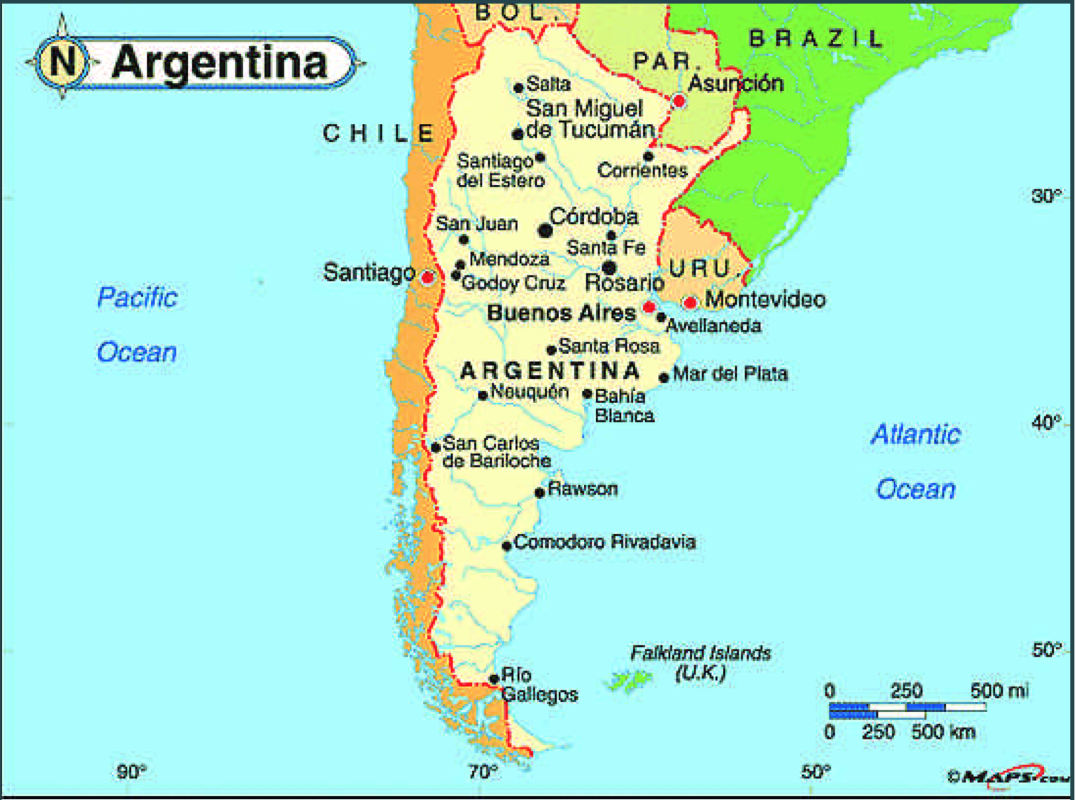
Contemporary Forms of Slavery in Argentina
In the late 1990s, Argentina’s economy went into a sharp decline. Its currency was overvalued, growth was stagnating and its external debt became unmanageable. In 1999, Brazil devalued its currency and Argentina’s recession became a crisis. At the end of 2001, the public lost confidence in the banking system and began making huge withdrawals from their accounts. The government set limits on these withdrawals, defaulted on its international debts and floated the peso, which lost two thirds of its value. The result of this for the general population was a loss of savings, purchasing power, jobs and social security and a massive increase in poverty and social exclusion.
In the first half of 2003, 57.5 per cent of the population in urban areas were living below the poverty line (some 20 million people) and 27.5 per cent of the population was below the extreme poverty line (up from 11.3 per cent in 1990). The gravity of Argentina’s economic situation encouraged a large number of people to seek work abroad. According to estimates from the National Migration Directorate, some 255,000 people left the country in the two and a half years from 2001 – roughly six times the number that left between 1993-2000.
By April 2004, the government reported an improvement in the economic situation with 46 per cent of the population living in poverty and 16 per cent living in extreme poverty.
To read the full report, please click here.
Anti-Slavery International is the world’s oldest international human rights organisation, and bases its work on the United Nations treaties against slavery campaigning for freedom from slavery for everyone, everywhere.
